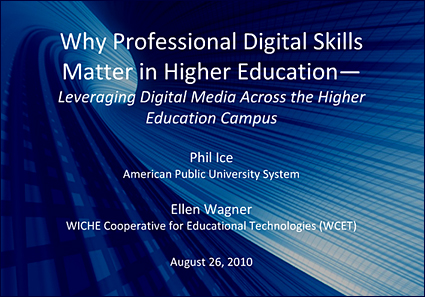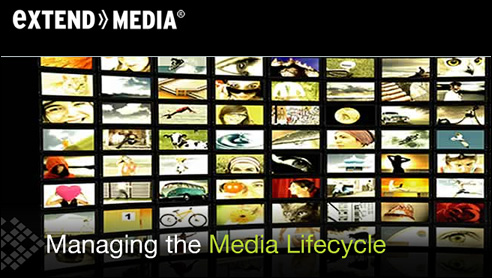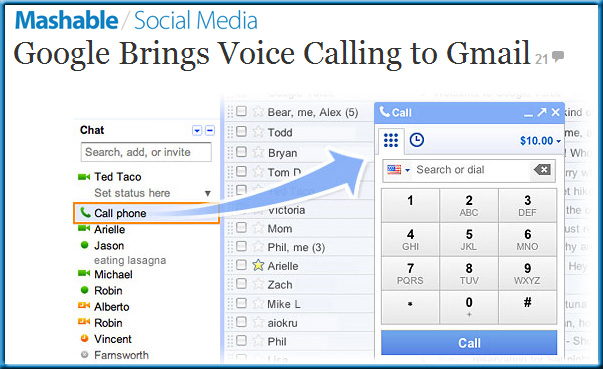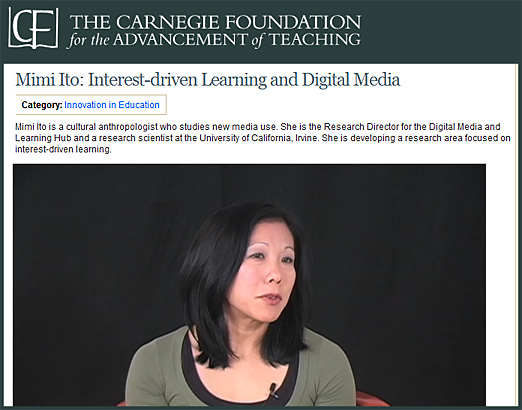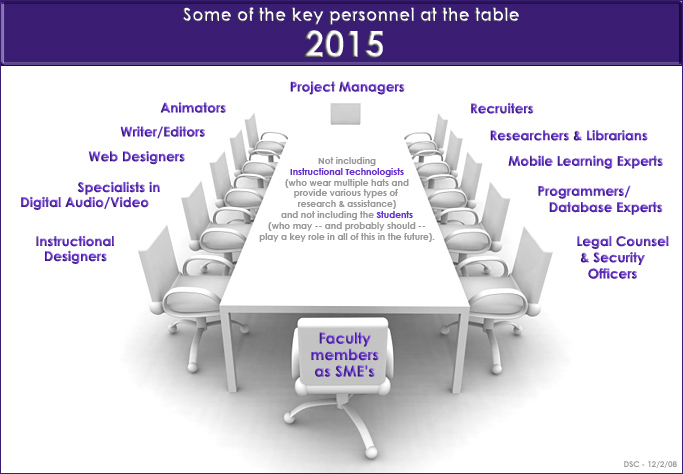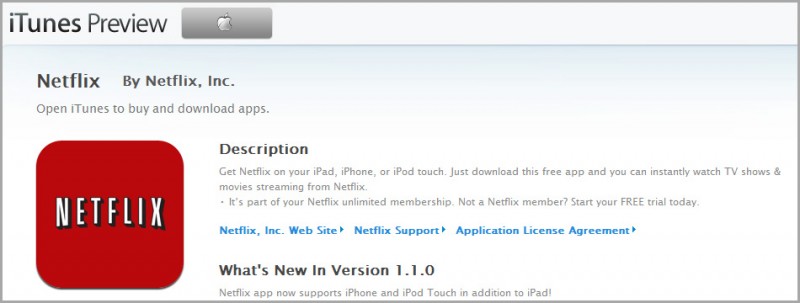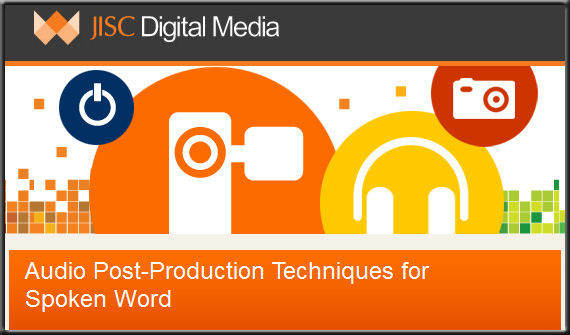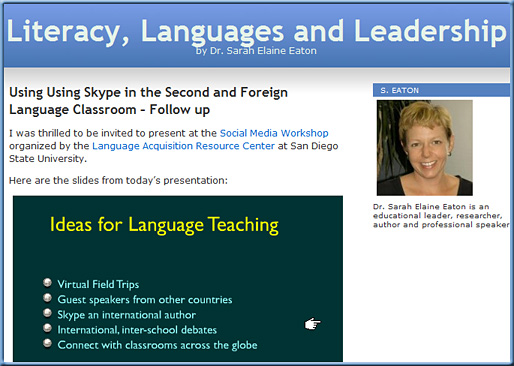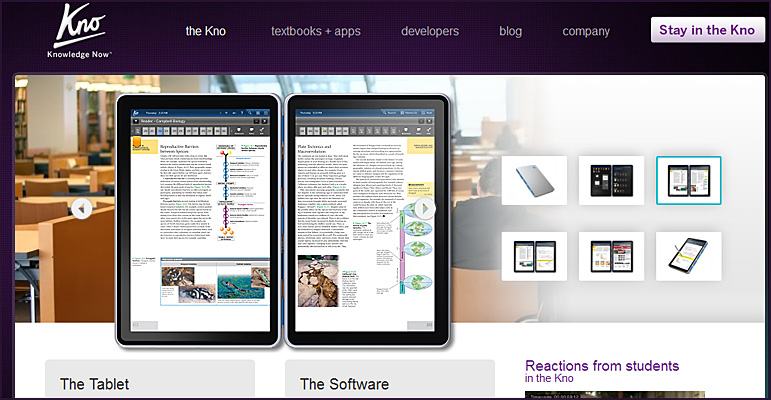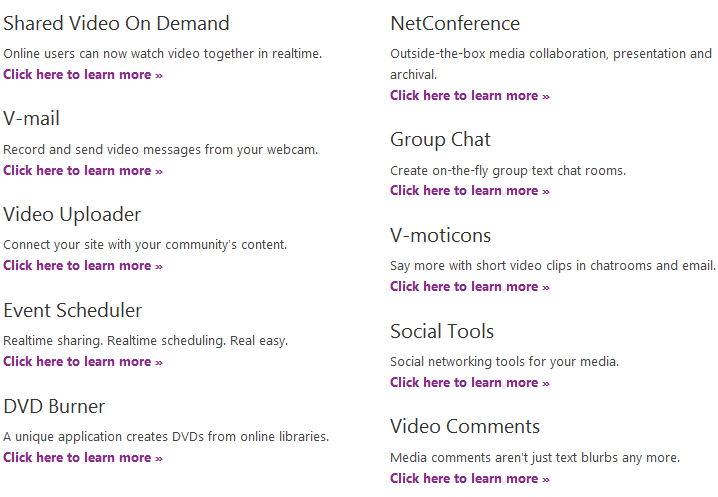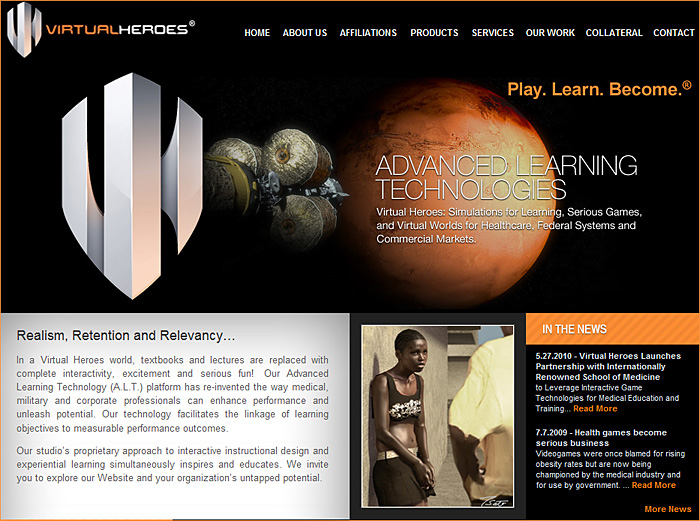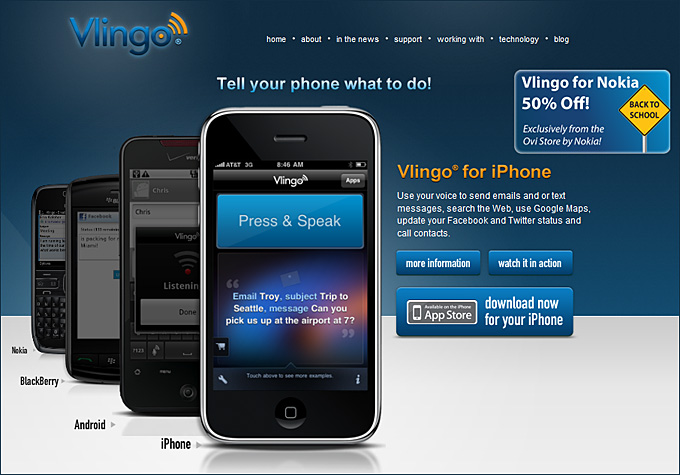Also see:
“Leveraging digital media across the higher education campus”
College journalists: Master new media or disappear — from USAToday.com
Last month, a college newspaper adviser from Florida, writing in the Huffington Post, took student journalists to task for failing to exploit their multimedia savvy. He’d been judging a contest and concluded that, except for some clear standouts, most of the stories on college newspaper websites looked like they were “tossed online without much thought. Or pictures, graphics, or video.”
Here, Jerod Jarvis, a senior majoring in journalism at Whitworth University in Spokane, Wash., challenges aspiring scribes everwhere to “be on the forefront of this revolution” and “move the industry forward.” Take it away, Jerod:
Also see:
Using VoiceThread to give students a voice outside the classroom — from The Chronicle by Shannon Polchow, an assistant professor of Spanish at the University of South Carolina Upstate.
Journalism class to test iPad as reporting tool – from USC
Also relevant (some of these addendums):
- Notre Dame to launch iPad pilot program
- New Stanford medical students to receive iPads
- Chicago Public Schools Launches iPad Trials
- Oregon universities put iPads to the test
- Rutgers to put iPad to the Test in new Digital Marketing Program
With Apple’s help, innovative technology becomes integral to executive education course
Cisco will buy ExtendMedia to manage video delivery — from yahoonews.com
.
“ExtendMedia will enable Cisco to help service providers deliver multiscreen offerings as the market transitions to IP video,” Earnhardt wrote. “In English: Video, video, video and more video on any screen, on any network, on any device.”
…
“As the video market transitions and consumers expect multiscreen engagement, service providers are enhancing their infrastructure to manage and deliver video to any device while providing a rich user experience,” Rodriguez said.
From DSC:
I believe this type of announcement also has relevancy for those of us in higher ed. Video on any device…at any time…at any place.
- The Virtual MSO — from ExtendMedia
Apple’s planned subscription service, Netflix’ streaming service, maybe even Comcast’s new Xfinity are early examples of the Virtual MSO. Its attributes – premium content, multi-business model (subscription, advertising, transactional), linear and on-demand consumption, user and multi-device entitlement – come from both Web video and pay TV.

Also see:
- Google voice merges into Gmail — vator.tv
Make calls via Web browser anywhere in the U.S. and Canada for free
. - First Impressions: Making Phone Calls From Gmail — informationweek.com
Leveraging digital media across the higher education campus
Phil Ice, Ed.D., Dir. of Course Design, R&D, American Public University System
Sebastian Diaz, Ph.D., J.D., Assoc.Professor, Technology, Learning and Culture, West Virginia University
Ellen Wagner, Ph.D., Executive Director, WCET
Note: This webinar from earlier today was sponsored by Adobe. This is the white paper from that webinar, which contains the below excerpts:
The Multimedia Landscape in Higher Education
In higher education, the effective integration of rich multimedia assets and platforms (and the requisite design and development skills demanded for their effective use) has become an expectation from schools of design, art, and communications. Engineering and journalism programs have recognized that as technology transforms industries, students with design and development proficiencies are in high demand. The obvious value of improving analytical and digital communications for teachers is now being addressed through initiatives such as the i3 Fund. Relatively less attention has typically been given to the integration and use of multimedia in other disciplines.
Emerging New Media Literacy in Academia
This paper has thus far explored the implications that collaborative, creative software solutions have on how we evaluate academic work. Just as importantly, one needs to consider the changing nature of how we communicate that work within the Academy. As the prices for video cameras continue to fall, the expectations for manifesting our work in new media formats will continue to rise. Given the availability of software such as Adobe Premiere Pro, we are finding that it is increasingly quite reasonable to expect that students possess the tools and skills necessary to produce representations of their work in dynamic visual formats, as is evidenced by www.YouTube.com. Although for a while it was believed that YouTube was an online version of America’s Favorite Home Videos, it is dangerous to assume that this phenomenon is merely a fad among the younger generation. Today’s YouTube is a marketing machine used by commercial and nonprofit entities alike, an online school and a news portal as well. YouTube serves as an accurate indicator of how newer generations will express themselves personally, artistically, and academically through what is commonly referred to as new media literacy.
Conclusion
Members of the Academy should anticipate that in the future conventionally printed papers will be replaced by much more dynamic multimedia representations of academic work. This applies not only to student assignments, examinations, and theses; it also applies to faculty work. Even as we begin to struggle with the fundamental shift from paper-based publication of work to electronic formats on the Internet, we also need to anticipate that in the near future, this research will take on new media formats. To help our faculty prepare for these changes, academic institutions must develop formal and informal faculty development initiatives to address the changes. In anticipation of these changes, it is imperative that academic departments and colleges begin to embrace technologies like Adobe Creative Suite such that we continue to develop our own intellectual capital as well as that of our respective institutions and the Academy.
From DSC:
I appreciated this well-done webinar. I also appreciate the work Adobe has done in the past and is currently doing.
I must say though, I struggle with how much we can load onto 1 person’s plate — i.e. the faculty member. We need a more team-oriented approach I think…as the bar continues to get higher and higher…and 1 person just can’t do it all anymore.
.
Netflix app for iPhone and iPod Touch launched — from thenextweb.com by Jeff Cormier
Fans of Netflix with an iPhone and/or iPod Touch, the time has come. As promised at the unveiling of iPhone 4 in June, Netflix has lauched their app for the iPhone and iPod Touch. Get the free app here.
Netflix has been available on the iPad since its launch, and is one of my favorite apps as an iPad owner. The iPhone and iPod Touch version is equally as grand, albeit on a smaller screen.
.
.
The type of learning materials that can be produced by an organization such as Virtual Heroes is the type/quality of material that will be produced in a vision that I have been calling “The Forthcoming Walmart of Education.”
.
.
Also see:
- Duke U School of Medicine Expands Virtual Game Use for Future Doctors — from CampusTechnology.com by Dian Schaffhauser [via SteveKnode.com]
The Duke University School of Medicine is expanding its efforts to train future doctors in clinical skills through 3D virtual games. The school, which has about 421 students in its MD program, is once again teaming up with Virtual Heroes, a company that creates training products for healthcare, federal systems, and business. Virtual Heroes, a division of research and engineering firm Applied Research Associates, worked with the school in 2007 to create 3DiTeams, an immersive environment that allows participants to play a role in a team medical setting.
From DSC:
This is why I would encourage the U.S. government to see if they can get 1-2 billion — from the billionaires who are donating much of their wealth to charitable causes — in order to create such professionally-done, interactive, engaging, team-created learning materials. Then make those materials available — free of charge — throughout the world.









